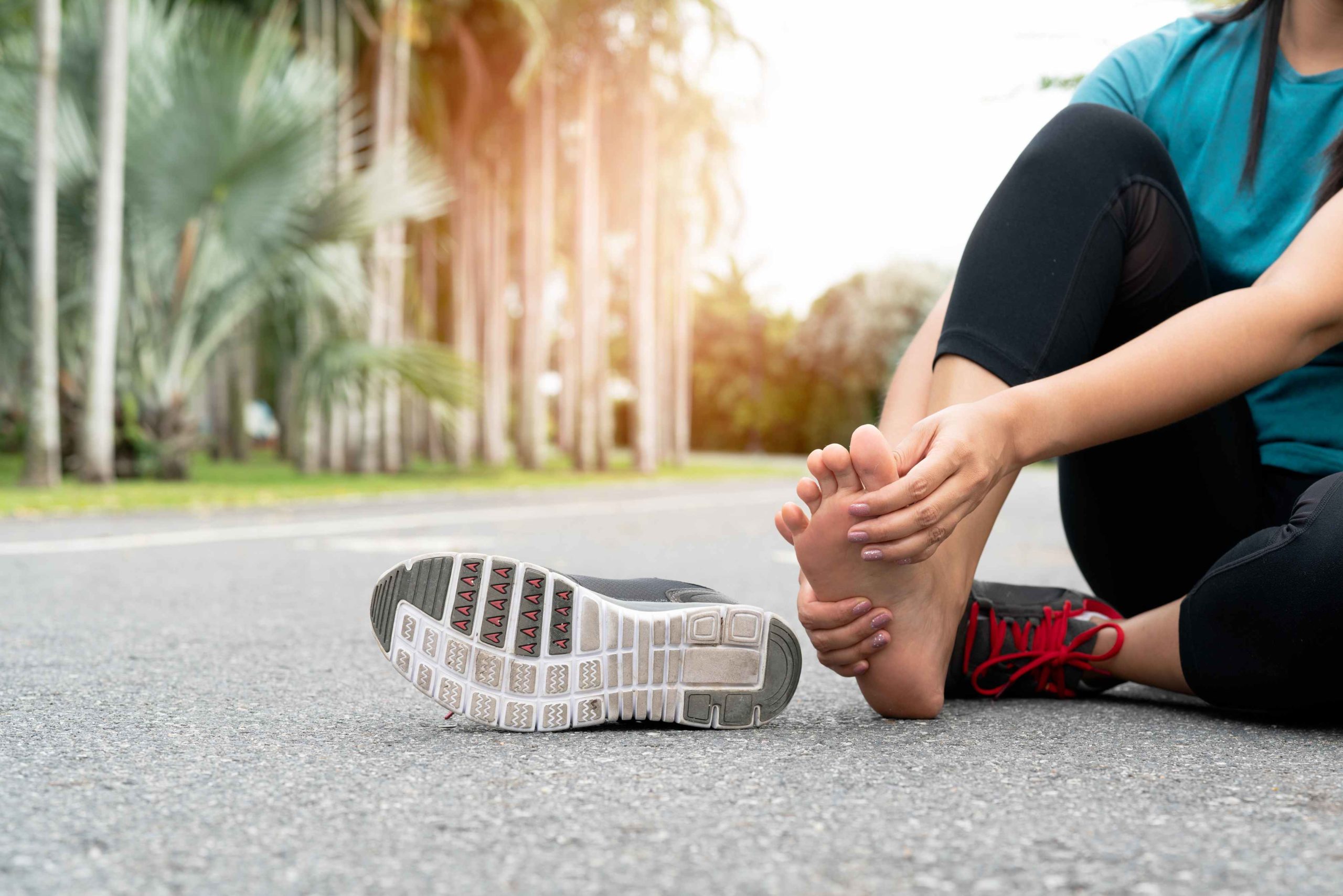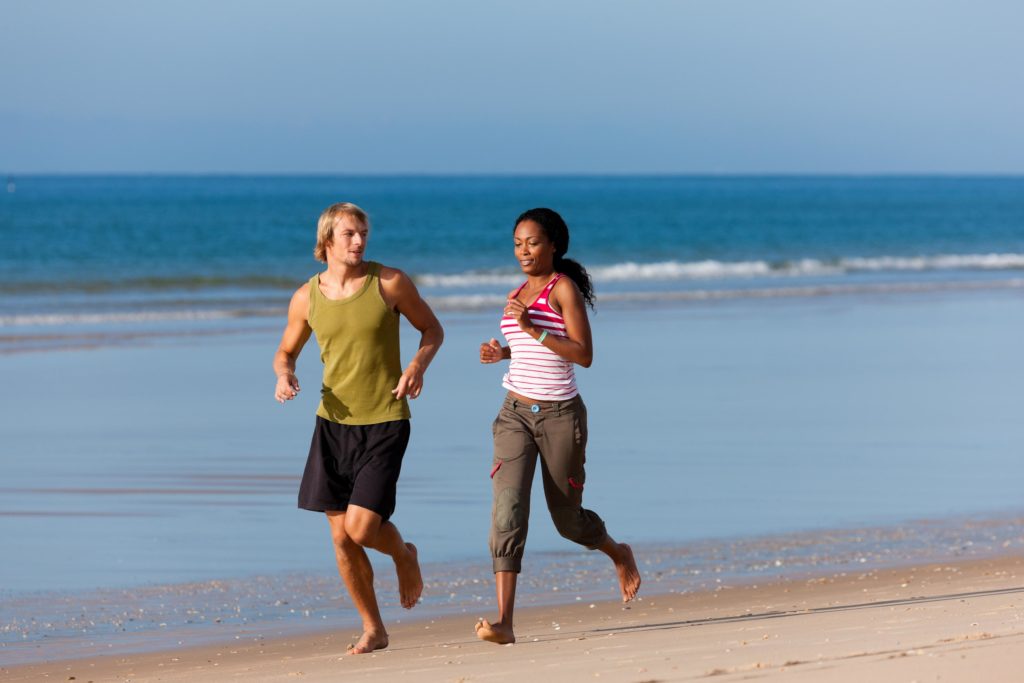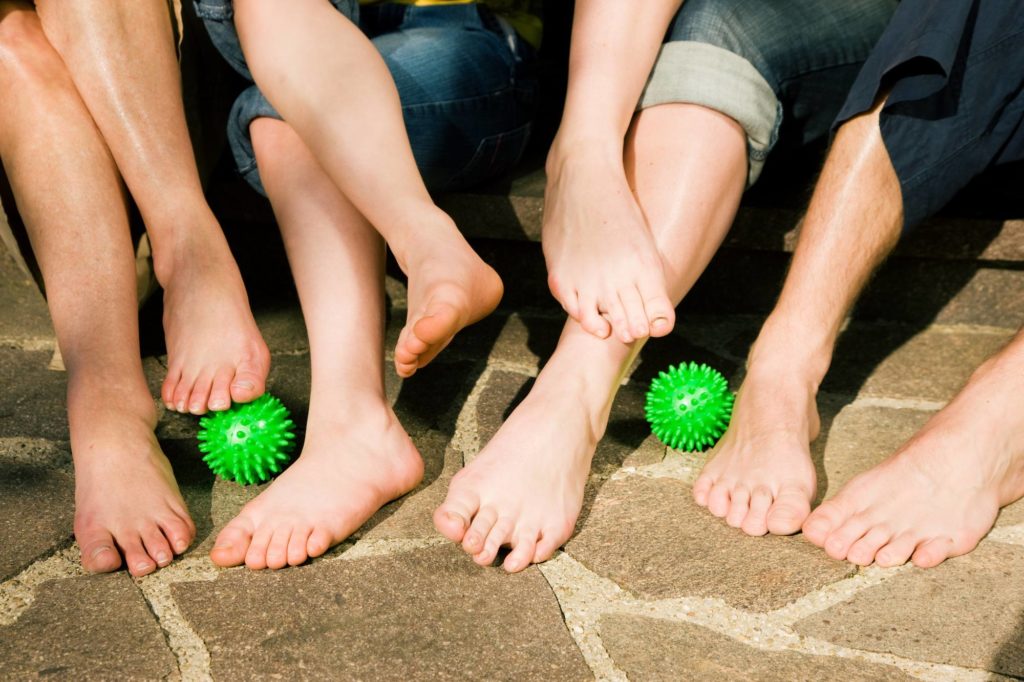That is why healthy feet are so important for athletes

Hardly any area of the body is so neglected as the feet. Yet healthy feet are one of the most important assets for most athletes. We often pay attention to this masterpiece of 26 bones, 33 joints, 20 muscles, and 114 ligaments only when it causes problems. But nobody should let that happen.
Healthy feet as the most important capital
Depending on the weather conditions we have to pack our feet accordingly. But it is not only often too-tight shoes that can give them a hard time. Studies show again and again that both leisure and competitive athletes neglect the lower end of the body. This is actually astonishing because after all they are supposed to carry us through life for 70, 80 or more years. Fortunately, it is not at all difficult to ensure healthy feet.
Our feet need attention
- You should cream your feet every night. If your feet are heavily strained and tend to calluses, creams containing uric acid are ideal.
- If you do sport regularly, you should also take special care of your feet at least once a week.
- What feet particularly like is a foot bath with bath salts or bath oil at a water temperature of 37 degrees. It should take about five to ten minutes.
- Afterward, you should inspect your feet carefully and file rough areas carefully with a pumice stone or a special file. If the cornea is thick, it is necessary to repeat the whole procedure a few days later.
- Dry the feet well and apply a cream containing fat or urea. This prevents cracks into which bacteria can penetrate.
- If you have a particularly strained athlete’s feet, it is also worthwhile to visit the foot care center regularly.
Regular training for the feet
Extra training for healthy feet may sound a little strange, but it definitely makes sense. This is not a Herculean task. Even walking barefoot is a great fitness program. However, it is only advisable on relatively soft ground like lawn, meadow or gravel. Concrete, stone floor and also parquet are usually too hard because our feet and also the rest of the body are not used to it. Buffer elements such as the ankle joints, menisci, and intervertebral discs can quickly take offense at this.

The best exercises for healthy feet
- When brushing your teeth, stand alternately on one leg or roll with both feet again and again.
- Place a towel on the floor and try to pull it up with your toes.
- Stand on a staircase with the balls of your feet and lift and lower your upright body. This also trains the calf muscles.
- A special challenge: Try to write with a pencil wedged between your toes.
- It is wonderfully relaxing to run around with your feet on a tennis ball. A spiky massage ball is even better.
- Jump rope is also great foot training.
Feet problems are a mass disease
It is estimated that at this very moment 40 percent of all people in the western industrial nations suffer from foot problems. Sometimes they are harmless and quick help is available. But doctors also have a lot to do with deformed feet. Here is an overview of what most often causes feet problems and what helps you best:
Athlete’s foot: manifests itself through tingling and itching. Carpets, swimming pools, and changing rooms are popular transfer stations. The fungus changes host unnoticed and attach itself to new feet. Nails can also be affected. 27 million people have to struggle with it. Ointments and sprays containing active ingredients such as bifonazole, clotrimazole, econazole or miconazole quickly get rid of the pests. If an athlete’s foot occurs more frequently, it is advisable to consult a dermatologist.
- Corns: They are usually caused by wrong footwear and incorrect strain. Corns can be terribly painful because there is a thorn in the center that can reach deep into the tissue. More comfortable shoes take the pressure, salicyl-containing ointments or plasters make the corns disappear. But sometimes it is necessary to remove it with a scalpel.
- Sweaty feet: 250 000 glands on the feet produce up to a quarter of a liter of sweat every day. In some athletes even more. The sweat itself is completely odorless. Only when the bacteria living on the skin decompose it does it begin to smell. Anyone who has problems with this should take foot baths with tannic acid-containing additives every day. This kills the bacteria. Sometimes creams and ointments containing urea as well as deodorants with aluminum salts also help.

When should you go to the doctor
- Splayfeet: They are caused by years of incorrect strain or worn shoes. The metatarsal bone expands, the longitudinal arch flattens out, the whole static is shifted. An individually made custom insole can help to normalize the foot’s statics.
- Foldable base: The foot tilts inwards excessively when walking or running. This is called hyperpronation. The arch of the foot flattens, tendons and muscles are overstretched and long-lasting deformations can occur. These complaints can be treated well with insoles.
- Hallux-valgus: The most common foot malposition worldwide. The first metatarsal bone moves inwards and the big toe moves outwards. This causes a kink in the metatarsophalangeal joint of the big toe. The tendons no longer run centrally over the joint and pull the toe into an oblique position. The head of the metatarsus presses inwards and this results in an inflamed bunion. In the early stages, targeted foot exercises can help, as can insoles and splints. If hallux valgus is too advanced, surgery may be necessary.